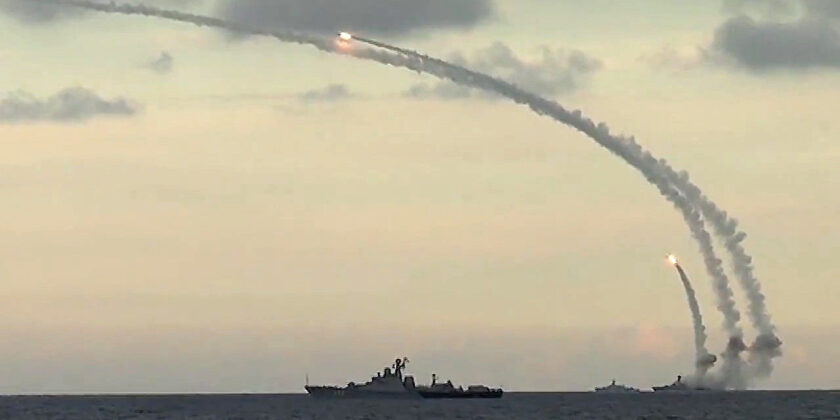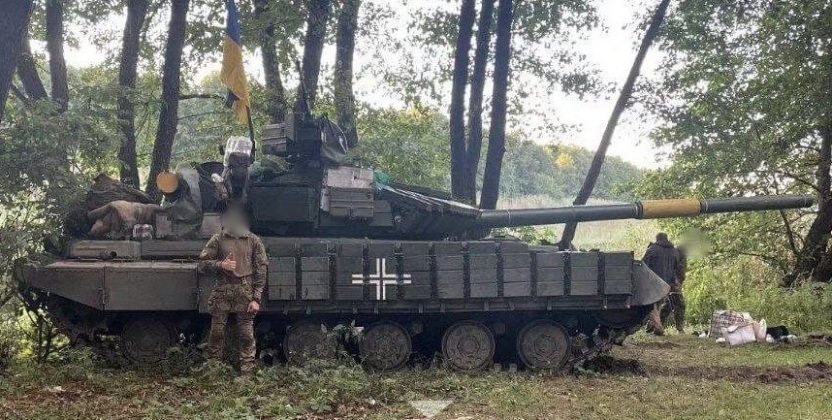The Ukrainian government may be forced to completely evacuate the population of the capital Kiev, according to a November 5 New York Times report, with such a possibility being planned for. Following successful Russian strikes on key infrastructure, leaving 40 percent of Ukraine’s energy infrastructure damaged or destroyed, it is likely that further Russian strikes will cause a complete power blackout and freezing of public utilities. Director of security for the Kyiv municipal government Roman Tkachuk stated to this effect in an interview: “we understand that if Russia continues such attacks, we [Kiev] may lose our entire electricity system.” He elaborated: “If there’s no power, there will be no water and no sewage. That’s why currently the government and city administration are taking all possible measures to protect our power supply system.” The fact that Russia was a key source of compatible parts and equipment to service Ukraine’s infrastructure, the very large majority of which was built under the Soviet Union, has only worsened the situation for Kiev as these are now unobtainable. As the limited power supplies available appear increasingly fragile, the demand for power is fast rising as the winter becomes colder.

The possibility of Ukraine’s capital being evacuated comes amid growing signs of concern in the West that the country’s armed forces could face a near collapse on the frontlines, with personnel interviewed by Western media outlets indicating a deteriorating state of affairs. One anonymous serviceman on the front, interviewed by the the British state run and Defence Ministry funded BBC, observed: “It’s very hard to make progress here. It is necessary to concentrate a large amount of force in one point to break through the front line. Our job is to hold our position. We attack from time to time so that they don’t take their reserves and transfer them somewhere else.” Western options for replenishing the Ukrainian Military with heavy equipment, from artillery to tanks, have also declined as stockpiles in NATO member states fall below levels considered safe and remaining Soviet compatible armour supplies run dry.

Although the Russian Military refrained from mobilising reservists or intentionally targeting infrastructure on a significant scale until October, the campaign’s transformation from a Special Military Operation, as it was referred to by Moscow, into a full scale war, very quickly escalated into mass precision strikes which crippled Ukraine’s power generation capabilities. It was previously widely assessed that Moscow, underestimating both the widespread public appeal of Kiev’s strongly Western aligned government and the capabilities of the country’s armed forces, its affiliated militias and mercenary groups, and the vast networks of Western supporting personnel on the ground, had intended to achieve victory and place a friendly government in power in Kiev while minimising the need for post war reconstruction. With this appearing unviable by October after significant Russian losses and amid an ongoing withdrawal, the abandonment of the Special Military Operation model and beginning of a new phase in Russian military action is expected to see the Ukrainian government’s options to continue the war very quickly diminish. Plans for the evacuation of the capital, an area which lies far to the west of Ukraine where supplies from NATO states are more plentiful, is an important indicator of this. There remains a significant possibility, however, that even if Kiev were abandoned Russia would not seek to quickly capture it and would instead continue to focus on eroding Ukraine’s ability to fight and securing the country’s much more defensible Russian speaking eastern regions.
